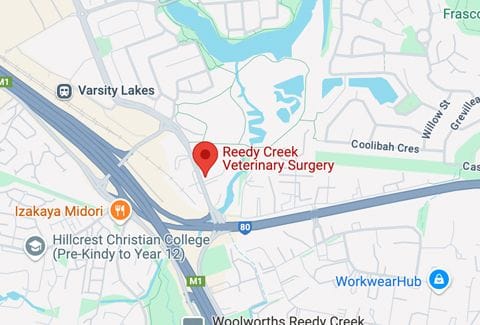Desexing: What You Need to Know
)
Desexing, or spaying and neutering, is a common procedure recommended by veterinarians to prevent unwanted litters and promote the health and well-being of pets. In males, both testicles are removed from beneath the skin. In females, both the uterus and the ovaries are removed through abdominal surgery.
While it’s a routine surgery, understanding the best timing and potential impacts on your pet’s health can help you make an informed decision. In this blog, we'll explore the ideal times for desexing, provide tips for the process, and highlight that each pet’s situation is unique.
Why Desexing Is Important?
Desexing offers numerous benefits for pets. For female dogs and cats, spaying eliminates the risk of uterine infections (pyometra) and drastically reduces the risk of mammary (breast) cancer. For male pets, neutering reduces the risk of testicular cancer and can help curb aggressive behaviours and territorial marking.
Ideal Timing for Desexing
The timing of desexing can vary depending on your pet’s age, breed, and overall health.
We generally recommend desexing dogs between 4 to 6 months of age. However, for large breeds, especially giant breeds like Great Danes, it’s often better to wait until they are older. These breeds continue to grow for a longer period, sometimes up to 2 years, and delaying desexing can support proper growth and bone development. It’s important to consult your veterinarian to determine the optimal timing for your dog based on their specific needs.
For cats, desexing is typically performed between 4 to 6 months of age. Cats can become sexually active as early as five months, so early desexing helps prevent potential behavioural and management issues. After 6 months, cats are likely to be sexually active, which can make living with them more challenging.
The Importance of Individualised Advice
Every pet is unique, and their desexing needs can vary. While general recommendations are helpful, the decision to desex your pet should be based on their specific circumstances. Your veterinarian will consider factors such as breed, size, health status, and any potential risks before making a recommendation.
What to Expect After Your Pet’s Surgery: Care and Recovery Tips
During your pet’s surgery, you can expect them to be shaved at the incision site and possibly a few other areas. This typically includes a small patch on one or both front legs where the intravenous catheter is placed, and possibly a small patch on the neck where blood may be drawn.
The incision site(s) will be closed with stitches, which can be either internal (not visible from the outside) or external (visible). Your veterinarian will decide which type is appropriate, and the nursing staff will inform you at discharge about the type of sutures used and whether they will need to be removed during the recheck appointment 10 to 14 days after surgery.
It’s crucial to prevent your pet from licking or chewing at the sutures, as this can lead to further injury or infection. If your pet begins to lick or chew, they will need an Elizabethan collar to prevent them from reaching the surgery site.
After surgery, your pet will likely be a little groggy for 12 to 24 hours and should be kept quiet and calm until the recheck appointment. This can be challenging, especially for young pets, but keeping them calm is essential to avoid complications such as tearing out stitches.
Watch for These Post-Surgery Symptoms and Contact Us If They Occur:
If you notice any unusual symptoms in your pet after desexing, such as excessive swelling, redness, or discharge at the incision site, persistent vomiting, lethargy, or signs of severe pain, it is crucial to contact us immediately. These could be indications of complications that need prompt attention. Early intervention can help address potential issues quickly and ensure your pet’s recovery remains on track. Your pet’s health and comfort are our top priorities, so don’t hesitate to reach out if you have any concerns about their post-surgery condition.
To learn more or book your pet’s desexing appointment, contact us today on 07 5593 8395.
| Tags:Client InformationPet SurgeryProactive Pet Care |
&geometry(140x140))

